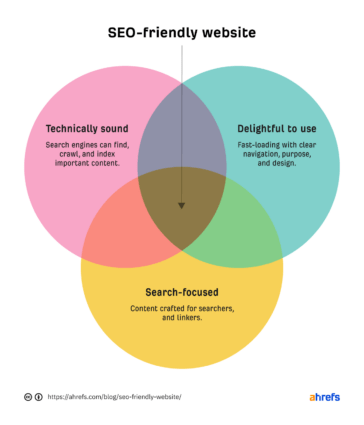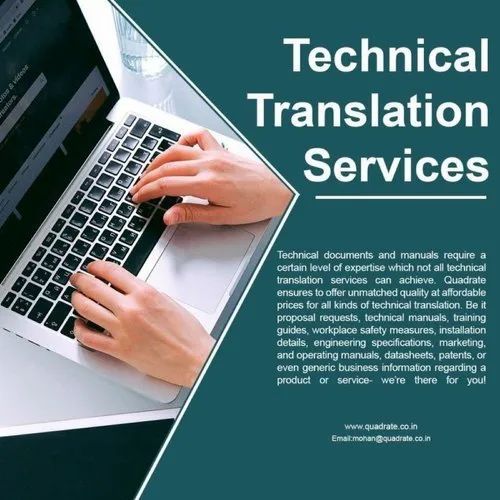As businesses expand globally, having a multilingual website is crucial for reaching a wider audience. However, simply translating your website content is not enough to attract international visitors. To truly maximize your online visibility and reach higher rankings on search engines, it is essential to have SEO-friendly website translation.
What is SEO-Friendly Website Translation?
SEO-friendly website translation involves not only translating your content accurately into different languages but also optimizing it for search engines in each target market. This includes keyword research, meta tags optimization, and ensuring that the translated content is culturally relevant and resonates with the local audience.
Benefits of SEO-Friendly Website Translation
1. Improved Visibility
By implementing SEO best practices in your website translation, you can improve your visibility in local search results and attract more organic traffic from international markets. This can ultimately lead to higher rankings and increased brand awareness.
2. Enhanced User Experience
Localized and culturally relevant content can provide a better user experience for international visitors, leading to higher engagement and conversion rates. This can help build trust and credibility with your global audience.
3. Competitive Advantage
By investing in SEO-friendly website translation, you can stay ahead of your competitors and capture market share in new regions. This can give you a competitive edge and help you expand your business internationally.
Best Practices for SEO-Friendly Website Translation
1. Conduct Keyword Research
Identify relevant keywords in each target market and incorporate them into your translated content. This will help improve your website’s visibility in local search results and attract organic traffic.
2. Optimize Meta Tags
Optimize meta titles, descriptions, and tags in each language to improve click-through rates and enhance search engine visibility. Ensure that they are culturally appropriate and resonate with the local audience.
3. Localize Content
Adapt your content to suit the cultural preferences and nuances of each target market. This can include using appropriate language, references, and imagery to connect with international visitors on a personal level.
Conclusion
SEO-friendly website translation is essential for businesses looking to expand their online presence globally. By implementing best practices for website translation, you can improve your visibility, enhance user experience, and gain a competitive advantage in international markets. Invest in SEO-friendly website translation today and elevate your brand to new heights.


